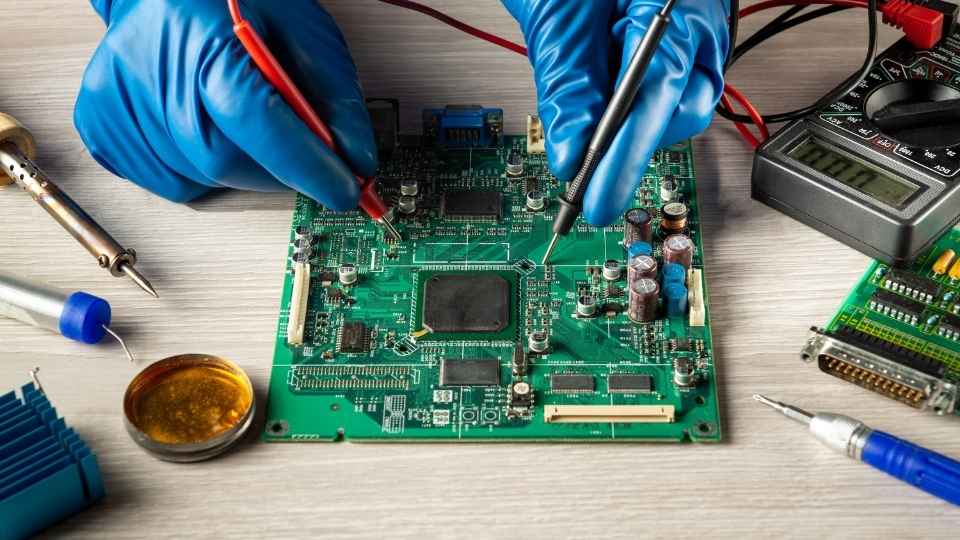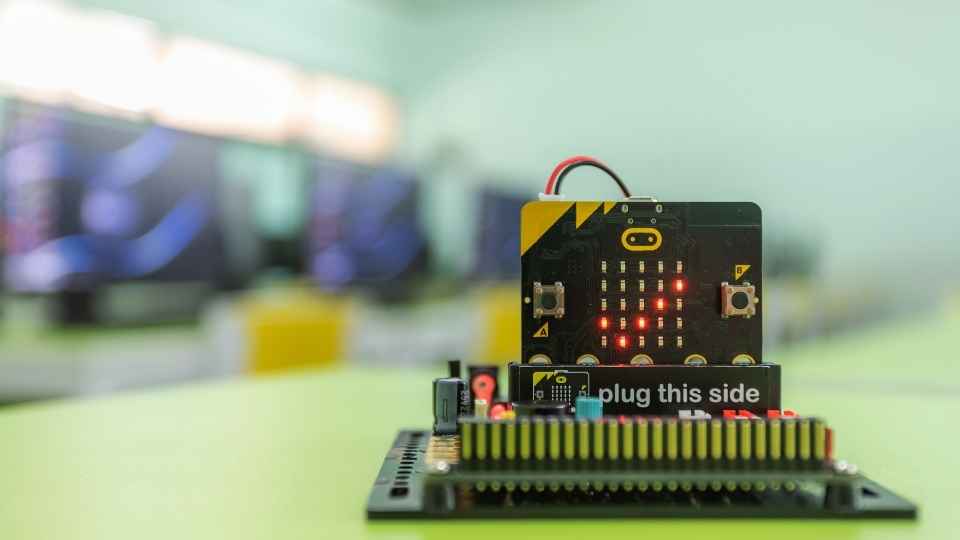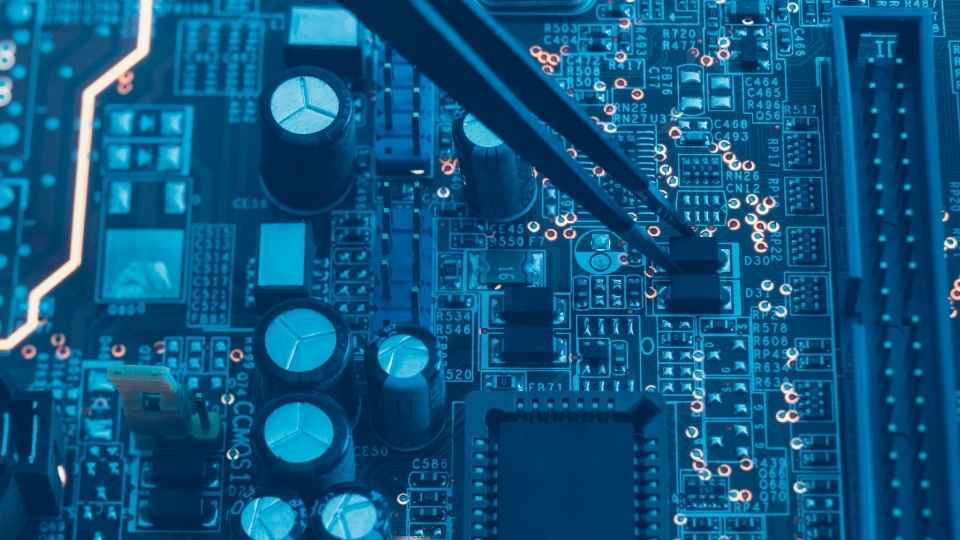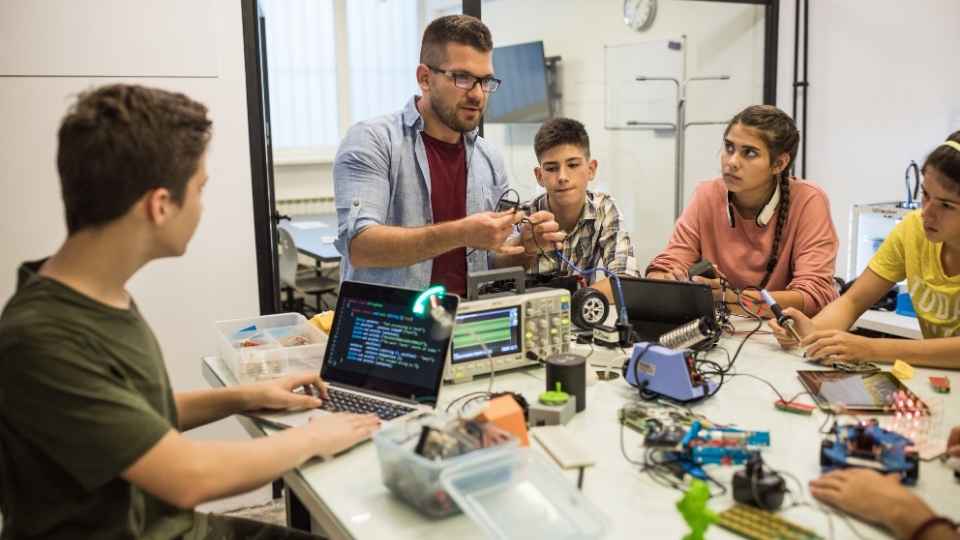
In the vast realm of circuit testing, where precision and accuracy reign supreme, a new frontier has emerged in the form of software-driven simulations. Like a skilled conductor directing an orchestra, these sophisticated tools have the power to seamlessly integrate real-time testing into the intricate dance of circuit analysis.
With their ability to enhance accuracy and efficiency, these software solutions hold great promise for engineers seeking to push the boundaries of what is possible in the world of electronic design.
In this article, we will delve into the depths of circuit simulation software and explore how it can revolutionize real-time testing methodologies.
Key Takeaways
- Software for real-time circuit testing offers greater flexibility without the need for physical prototypes or expensive equipment.
- Circuit simulation software tools like SPICE and LTspice enable precise measurements, data analysis, and detailed visualization of circuit behavior, empowering professionals to explore innovative solutions and optimize circuit performance.
- Real-time simulation allows for accurate and instantaneous results, saving time and reducing costs associated with hardware development.
- Integrating SPICE simulations into real-time circuit analysis enhances design exploration, troubleshooting, and the ability to predict circuit behavior, reducing reliance on physical experimentation alone.
Benefits of Using Software for Real-Time Circuit Testing
One of the key advantages of utilizing software for real-time circuit testing is the ability to accurately and efficiently analyze complex electrical systems in a virtual environment. This offers several benefits for engineers and technicians involved in circuit design and troubleshooting.
Firstly, using software allows for greater flexibility as it eliminates the need for physical prototypes or expensive equipment. Engineers can simulate various scenarios and make adjustments without any constraints, saving time and resources.
Secondly, software-based testing provides precise measurements and data analysis, enabling users to identify potential issues or areas of improvement with high accuracy. It also allows for detailed visualization of circuit behavior, aiding in understanding complex interactions between different components.
Overall, software-based real-time testing empowers professionals with the freedom to explore innovative solutions and optimize circuit performance without limitations imposed by physical constraints.

An examination of the various tools available for simulating electrical circuits reveals a wide range of options with different features and capabilities. These software tools have revolutionized the field of circuit testing, offering engineers and designers unprecedented freedom to experiment and innovate.
Some notable circuit simulation software includes:
SPICE (Simulation Program with Integrated Circuit Emphasis): This versatile tool enables users to accurately model and analyze complex analog and digital circuits. With SPICE, engineers can simulate the behavior of components such as resistors, capacitors, transistors, and integrated circuits. It allows for extensive parameter variation analysis, enabling optimization of circuit performance.
LTspice: A powerful free simulation tool that provides advanced functionality for designing power electronics systems. It offers a user-friendly interface with an extensive library of components and models. LTspice's fast simulation speed makes it ideal for real-time testing of large-scale circuits.
These software tools empower engineers to design and test circuits more efficiently, saving time and resources while enhancing overall accuracy.
Enhancing Accuracy and Efficiency With Real-Time Simulation
To achieve greater precision and productivity in the design and analysis of electrical systems, engineers can utilize the powerful capabilities of real-time simulation.
Real-time simulation allows engineers to model and test electrical circuits in a virtual environment, providing them with accurate and instantaneous results. By using advanced software tools, engineers have the freedom to experiment with different circuit configurations and parameters without the need for physical prototypes or extensive testing. This not only saves time but also reduces costs associated with hardware development.

Real-time simulation also enables engineers to analyze the behavior of complex circuits under various operating conditions, ensuring that designs meet performance requirements and are robust enough to handle real-world scenarios.
Overall, real-time simulation enhances accuracy and efficiency in electrical system design by providing engineers with a flexible platform for experimentation and analysis.
Key Features and Functionality of Software for Real-Time Testing
The advanced capabilities of real-time testing software allow engineers to model and analyze the behavior of electrical systems in a virtual environment, providing accurate and instantaneous results for design optimization. This powerful software offers several key features and functionality, enabling engineers to push the boundaries of their designs and explore new possibilities.
Real-time simulation: The software allows for the simulation of complex electrical systems in real-time, mimicking the behavior of actual circuits with precision.
Dynamic response analysis: Engineers can analyze how the system responds to different inputs and stimuli, allowing them to fine-tune their designs for optimal performance.
Fault diagnosis: The software can detect potential faults or abnormalities in the circuit, enabling engineers to identify and rectify issues before they become critical.
With this level of freedom and control over their designs, engineers can confidently innovate and create cutting-edge electrical systems that meet the demands of today's technology-driven world.

Integrating SPICE Simulations Into Real-Time Circuit Analysis
Integrating SPICE simulations into the analysis of electrical systems in a virtual environment allows engineers to gain deeper insights and optimize their designs for superior performance. SPICE, which stands for Simulation Program with Integrated Circuit Emphasis, is a widely used software tool that enables engineers to simulate and analyze the behavior of electronic circuits.
By incorporating SPICE simulations into real-time circuit analysis, engineers can accurately predict how different components and design choices will affect the performance of their electrical systems.
This integration offers several advantages. Firstly, it allows engineers to explore various 'what-if' scenarios without physically building multiple prototypes. They can quickly modify component values or change configurations to better understand system behavior. Secondly, it provides real-time feedback on circuit performance metrics such as voltage levels, current flow, power dissipation, and frequency response. This information enables engineers to identify potential issues early in the design process and make informed decisions for optimization.
The use of SPICE simulations also promotes greater freedom in design exploration by reducing reliance on physical experimentation alone. Engineers have more flexibility in testing different design alternatives within a virtual environment without significant time or cost constraints. Additionally, the ability to visualize simulation results through graphs and waveforms enhances understanding and aids in troubleshooting complex circuitry.
Best Practices for Implementing Software-Based Real-Time Testing
When it comes to implementing software-based real-time testing, there are several best practices that can ensure a smooth and efficient process.
Firstly, it is important to establish clear objectives and define the scope of the testing. This will help in selecting the appropriate software tools and methodologies for the task at hand.
Secondly, creating a comprehensive test plan is crucial. This includes identifying all possible test scenarios, designing test cases, and determining success criteria.

In addition to these steps, effective communication and collaboration among team members is essential. Regular meetings and status updates can help in tracking progress and addressing any issues that arise during the testing process.
Finally, leveraging automation tools and frameworks can greatly enhance efficiency by reducing manual effort, increasing test coverage, and improving accuracy.
Frequently Asked Questions
Can Software for Real-Time Circuit Testing Be Used for Both Analog and Digital Circuits?
Yes, software for real-time circuit testing can be used for both analog and digital circuits. It provides an efficient and accurate way to analyze circuit behavior, identify potential issues, and optimize performance in real-time simulations.
The limitations of circuit simulation software tools in real-time testing include the inability to accurately simulate complex analog circuits, limited support for hardware-in-the-loop testing, and the potential for discrepancies between simulated and actual circuit behavior.
Are There Any Specific Hardware Requirements for Implementing Software-Based Real-Time Testing?
For implementing software-based real-time testing, specific hardware requirements may be necessary to ensure efficient and accurate results. These requirements could include high-performance processors, sufficient memory capacity, and reliable data acquisition systems.
How Does Software-Based Real-Time Testing Compare to Traditional Hardware-Based Testing Methods?
Software-based real-time testing offers several advantages over traditional hardware-based methods. It allows for greater flexibility, scalability, and cost-effectiveness, while also providing more accurate and precise results. Additionally, software-based testing enables faster iterations and easier integration with other systems.
Can Software for Real-Time Testing Handle Complex Circuit Designs With Multiple Components and Interconnections?
Yes, software for real-time testing is capable of handling complex circuit designs with multiple components and interconnections. It allows for precise simulation and analysis, enabling engineers to identify potential issues and optimize performance before physical implementation.

 Basic Electronics ConceptsEssential ToolsCircuit Design BasicsMicrocontrollersDIY Electronics ProjectsRoboticsPrivacy PolicyTerms And Conditions
Basic Electronics ConceptsEssential ToolsCircuit Design BasicsMicrocontrollersDIY Electronics ProjectsRoboticsPrivacy PolicyTerms And Conditions
